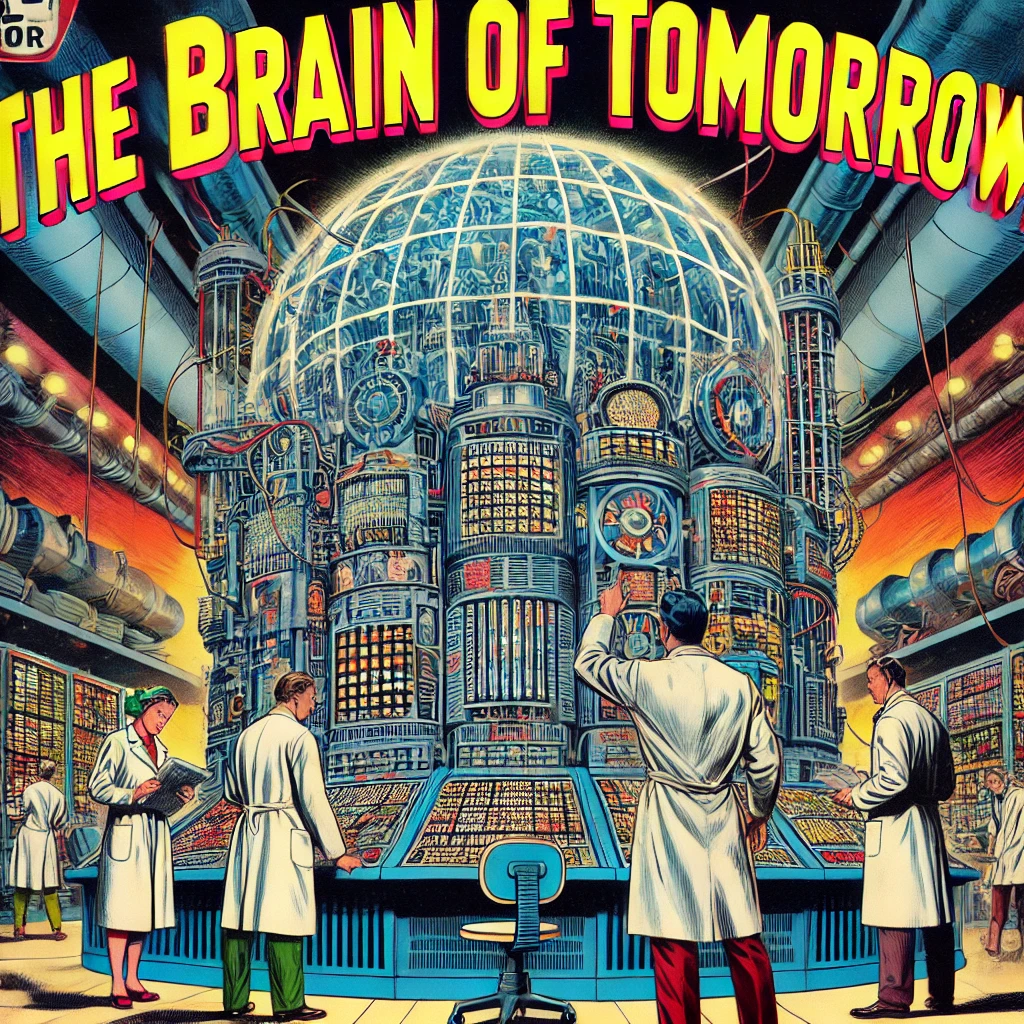
By Asha Lang, technology editor
To understand the gravity of what follows, let’s revisit Moore’s Law — the oft-cited prediction by Intel’s co-founder Gordon Moore that the number of transistors on a microchip would double roughly every two years. This insight proved prophetic, setting the pace for an era of rapid technological evolution, shrinking chips, and growing computational power. More than a mere rule of thumb, Moore's Law became the heartbeat of modern innovation.
Today, a single, relatively obscure company in the Netherlands is not just keeping Moore's Law alive—it’s redefining the physical limits of engineering to power the future of artificial intelligence. That company is ASML, and its extreme ultraviolet (EUV) lithography machines are nothing short of a modern miracle.
Masterpiece
ASML's EUV machines cost around $200 million apiece, a price tag that reflects the confluence of 40 years of physics breakthroughs and unprecedented engineering prowess. These machines enable the creation of the tiniest, most advanced chips in the world—chips that fuel the AI revolution.
"This is like hitting a target in San Francisco from New York City with the accuracy of a single human hair."
At the heart of ASML's technology is a process so intricate, it sounds more like science fiction than reality. The machine fires molten tin droplets at a rate of 50,000 times per second, targeting them with a 25kW laser. The laser transforms the tin into a plasma hotter than the surface of the sun, emitting a unique 13.5 nanometer UV light—a wavelength so energetic it would be absorbed by mere air.
This light, guided through the smoothest mirrors humanity has ever manufactured, inscribes patterns onto silicon wafers moving at highway speeds. The precision? Down to 0.2 nanometers, the width of a single silicon atom. For perspective, this is like hitting a target in San Francisco from New York City with the accuracy of a single human hair.
An Engineering Symphony
The mirrors in these machines, critical to the process, are crafted with atomic precision. A single layer of molybdenum and silicon—each just a few atoms thick—is repeated across the mirror. If scaled to the size of Germany, the largest imperfection on one of these mirrors would be just 1 millimeter high.
The process doesn't stop there. Each silicon wafer undergoes multiple layers of lithography, requiring 15 EUV layers for cutting-edge chips like the NVIDIA H100, the GPU powering today’s AI models. Each layer must align within mere nanometers. With each wafer producing $150,000 worth of chips per hour, these machines hum along as the backbone of global semiconductor production.
ASML’s monopoly isn’t accidental—it’s the result of decades of co-development with over 700 suppliers, including heavyweights like Zeiss (optics), Trumpf (lasers), and VDL (frames). ASML even owns a 24.9% stake in Zeiss's semiconductor division. The EUV machines contain more than 100,000 parts, protected by 40,000 patents, and are shipped in 40 containers, requiring four months for installation.
This intricate ecosystem ensures ASML’s dominance; only three companies—TSMC, Samsung, and Intel—can operate these cutting-edge machines. Together, they manufacture chips dense enough for today’s AI models, where each GPU packs an astonishing 80 billion transistors. Next-generation chips will exceed 100 billion, a feat impossible without EUV lithography.
The Hidden Hero of AI
While large language models and generative AI tools capture headlines, they represent just the visible tip of the technological iceberg. At the submerged depths lies ASML, the unsung hero enabling the hardware essential for modern AI.
As Rich Sutton, an AI pioneer, once observed in his essay “The Bitter Lesson,” the most effective advances in AI leverage computation. And computation, in turn, relies on Moore’s Law—and thus on ASML.
In the sprawling narrative of technological progress, ASML occupies a unique place: the keeper of Moore’s Law, the enabler of AI, and a testament to the extraordinary heights of human ingenuity. Without it, our digital future would be as blurry as an unpolished mirror.
